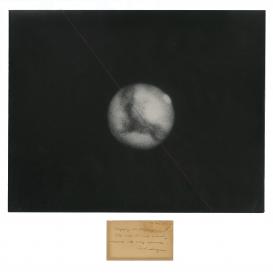The history of synthetic biological efforts to re-engineer life on Earth has overlapped in provocative ways with efforts to understand how life might have emerged on Earth and elsewhere, a field known today as astrobiology. Finding points of genealogical connection between these two fields—astrobiology focused on “discovery” and synthetic biology on “invention”—brings to light new histories of how biologists have explored the limits of life. Four areas are the subject of the present investigation: the long history of considerations of the fundamental primordial stuff of life (from protoplasm to proteins to carbon as the base element upon which all of biology must be constructed); the exploration of the combinatorial space of possibilities in biology in natural and experimental evolution; the ways in which particular molecular scaffoldings open up larger questions of their detectable environmental, atmospheric, or planetary effects (what in astrobiology has come to be known as “biosignatures”); and situating these efforts in a longue durée history of discourses of “habitability” of natural and engineered environments extending from 1492 to the present, uncovering the deep cultural legacies that have shaped and continue to shape the exploration of the limits and prospects for life on Earth and in extraterrestrial elsewheres.

An image of Mars crossed by the “red thread” of heredity: a message from Carl Sagan to H. J. Muller in 1955, as they explored the natural and engineered prospects for life. (Courtesy The Lilly Library, Indiana University, Bloomington, IN, USA)
Project
(2021)
